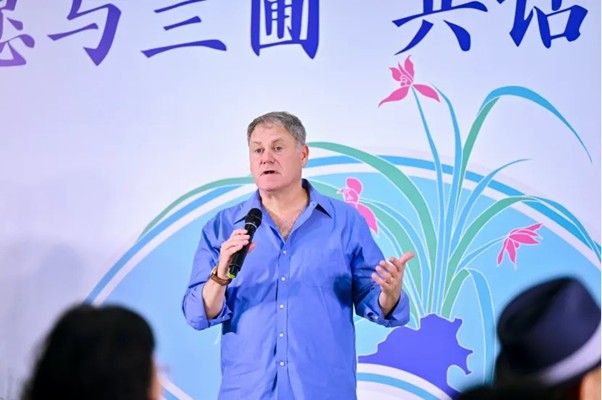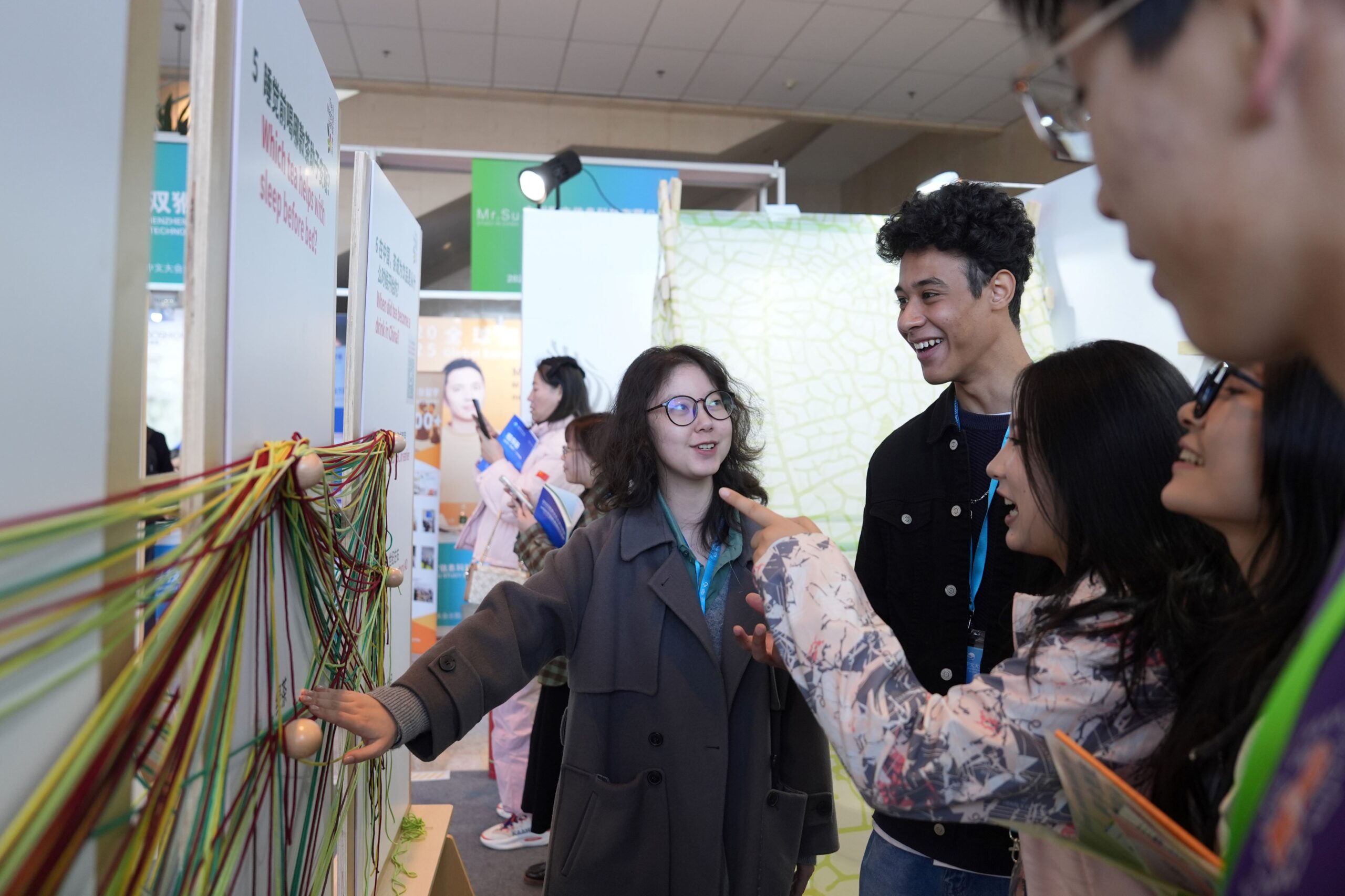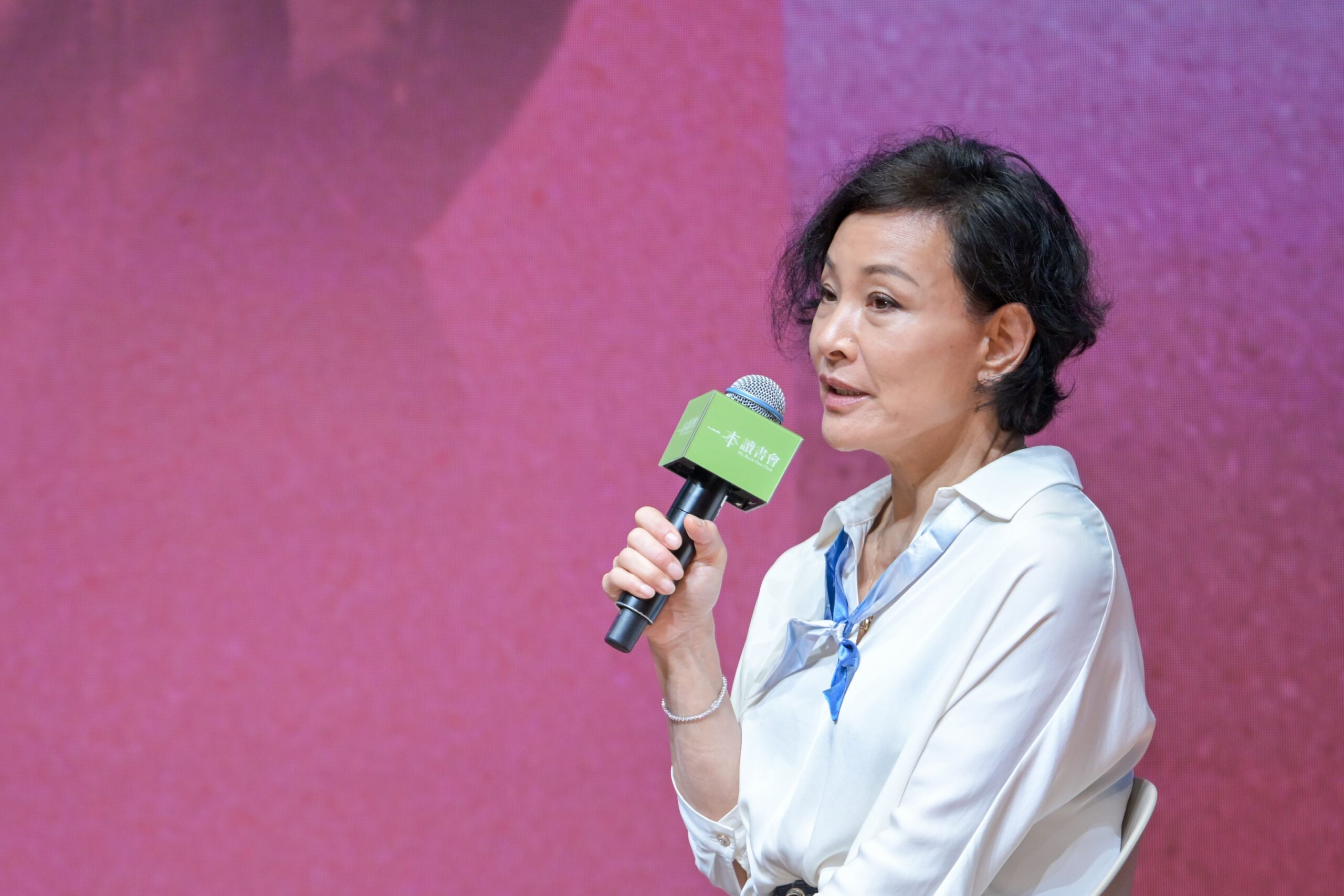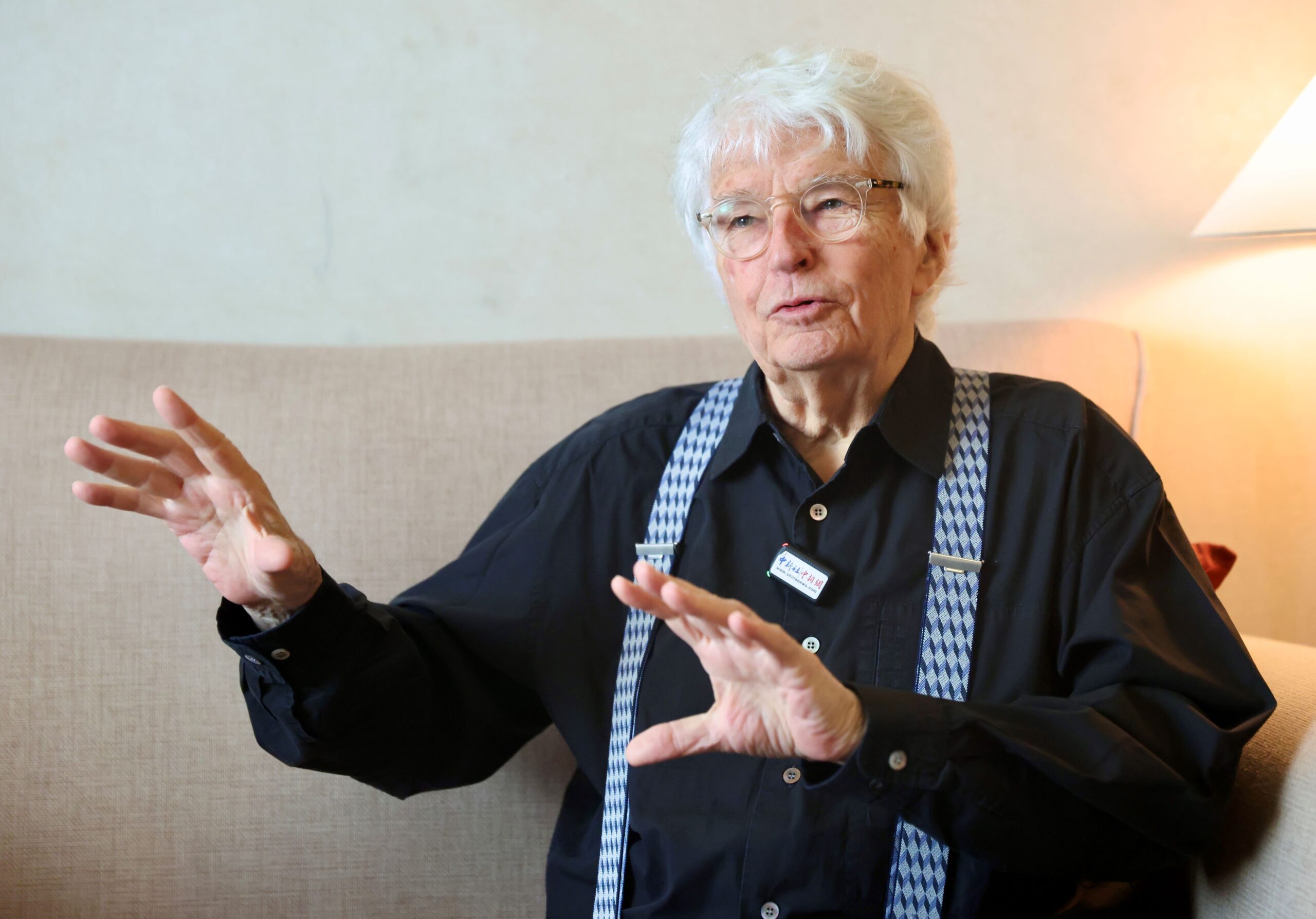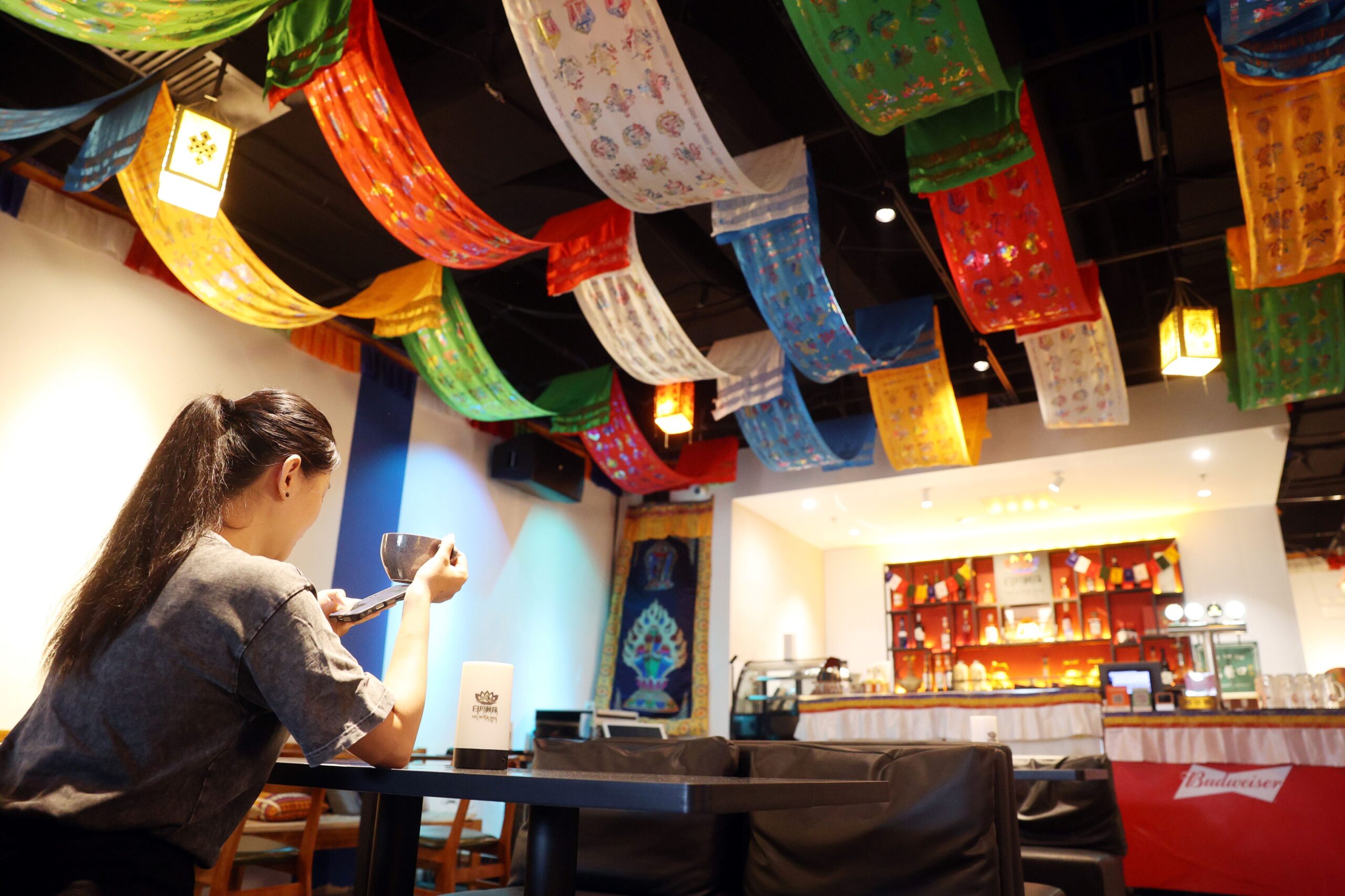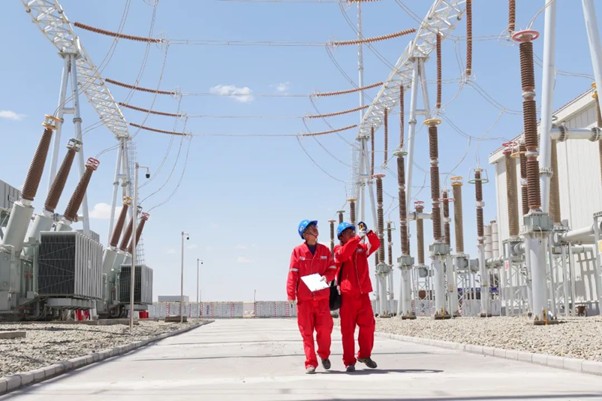Josh Selig is a veteran American television producer and twelve-time Emmy Award winner. As a pioneer in Sino-American animation and film collaboration, he has partnered with numerous Chinese companies. In 2021, he formally established the content consultancy ‘China Bridge Content’, dedicated to serving as a ‘bridge for Chinese content’ and connecting creative ideas between China and the world.
In recent years, from Super Wings to Black Myth: Wukong and Nezha 2, an increasing number of Chinese animation and film IPs have begun to gain traction overseas, captivating audiences both domestically and internationally. What challenges does the global expansion of Chinese animation still face? What viable pathways exist? Josh Selig recently addressed these questions in an exclusive interview with East Meets West.
Josh Selig is the founder and president of content consultancy China Bridge Content, dedicated to building bridges of friendship and cooperation between China and the world. He is the creator and executive producer of numerous hit television programmes, having won twelve Emmy Awards across multiple categories.
Josh has maintained extensive collaborations with Chinese companies spanning several decades. He served as executive producer for Super Wings, an animated series co-produced with Guangzhou Oufly Entertainment and broadcast on Sprout in the United States He is also co-creator and executive producer of P. King Duckling, an animated series co-produced with Youyang Media and broadcast on Disney Junior and CCTV-14.
The Super Wings and P. King Duckling series you executive produced stand as successful examples of Chinese animation broadcast on North American and international platforms. During production, how did you balance the prominence of Chinese elements with global audience appeal?
Super Wings and P. King Duckling are both co-produced by Sino-American teams. Throughout production, team members maintained weekly calls to ensure creative and cultural communication remained consistently aligned. All textual and visual materials underwent collective review by the team, with feedback provided based on each party’s unique cultural perspective.
We have also assigned an in-house cultural consultant to both series, who is equally proficient in both Chinese and American cultures and languages. This individual assists both teams in accurately navigating cultural nuances. These efforts have enabled the productions to achieve success in both the Chinese and global markets.
Taking P. King Duckling as an example, one sequence involved transforming China’s Great Wall into a colossal water slide. The script underwent multiple revisions as both parties sought to ensure the story remained entertaining while respectful for this significant Chinese historical structure. After repeated discussions and refinements, we finally deemed the narrative sufficiently developed before progressing to storyboarding and animation production.
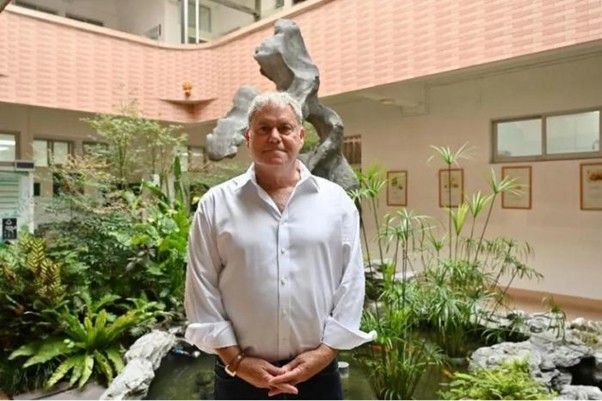
You mentioned that the Chinese animation industry has made significant strides, yet international promotion remains challenging. How have you addressed these challenges in Sino-American co-production projects?
The greatest challenge most Chinese companies facing is that they produce programmes for the domestic market first, only considering overseas expansion once completed. This approach rarely succeeds. In projects like P. King Duckling, we adopted a different workflow, key steps for international expansion commenced before production began. This included developing a high-quality creative proposal, presenting it at international market events such as the Cannes International Television Festival to attract global partners for pre-sales, and then fully incorporating international partners’ suggestions throughout the co-production process. This approach mitigates financial risk for content creators while securing placements on major overseas channels and platforms before animation production commences. Stakeholder feedback continues to be integrated throughout the production phase.
For instance, in Duckling, we adjusted the protagonist’s design based on feedback from Disney Junior executives in the US regarding character design, and produced multiple versions of the theme song. We believe this feedback ultimately enhanced the programme’s quality, so both the Chinese and American teams were happy to make the changes. Going global is key to achieving genuine commercial success.
What unique pathways do educational animations follow in their global dissemination? How can local cultural symbols be integrated with universal human values?
I believe the best way to ensure a programme’s global success is to target the international market from the outset when developing the script. This means the educational content we create must appeal to children in any country worldwide. Consequently, we often develop original IP featuring animals or vehicles (rather than humans) as protagonists. Every script concept incorporates a curriculum designed by leading educational experts, clearly outlining what children will learn from the series.
China Bridge Content’s strength lies in its international team. For instance, the team includes a China cultural consultant based in Shanghai who helps us discern what content resonates with Chinese children and parents. Exceptional creators consistently integrate a nation’s significant cultural elements in ways that strike a universal chord. We relish our role as a bridge between China and the wider world.
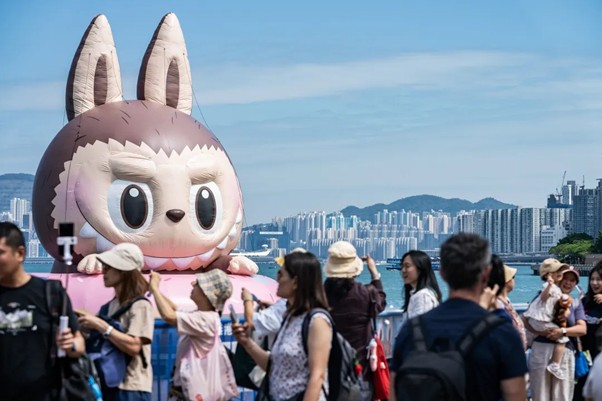
At the 2025 China International Animation Festival, you mentioned that ‘technology serves as a bridge for cultural dialogue’. Have tools such as artificial intelligence been integrated into your projects to date? How do you view the role of technological advancement in content production?
As a matter of principle, our company does not utilise artificial intelligence tools in the creation of any original content. We firmly believe that the most successful projects are invariably crafted by human hands.
For Chinese companies aspiring to produce quality content, the prospects for internationalisation offer the broadest opportunities. While technological advances may play a role, the core of many Chinese IP successes in recent years lies in combining deeply resonant Chinese themes with globalised approaches to storytelling, animation production, distribution, and licensing. For a project to achieve international reach, the team behind it must strike the right balance across all these elements; otherwise, it will struggle to find a substantial audience beyond China.
You have developed original IP for numerous theme parks in both China and the West. What insights do these experiences offer regarding the internationalisation of Chinese animation and film IP?
At China Bridge Content, we believe that people don’t visit theme parks for the rides, switch on the television for the programmes, or step into Pop Mart to buy toys. They go to meet their “friends”. These “friends” are not human beings, but characters.
Therefore, whether creating new series for streaming platforms or developing content for theme parks, we remain committed to crafting compelling, meaningful characters who become “friends” to children and families. Once this emotional bond is established, expanding these characters into family-friendly products, such as toys, books, theme park experiences, films, and games, becomes a natural progression. Yet the most challenging first step lies precisely in forging this unique “friendship”. I often say that China Bridge Content is not merely creating content, but rather ‘creating friends’.
Taking Nezha 2 as an example, I believe the success of the Nezha film series lies in the character of Nezha resonating deeply with many people. He is resilient, far from perfect, prone to making mistakes, yet fundamentally a kind-hearted ordinary soul striving to make the right choices in a complex world. In short, he has become our “friend”, so we eagerly anticipate his next chapter and delight in engaging with him in fresh and entertaining ways.
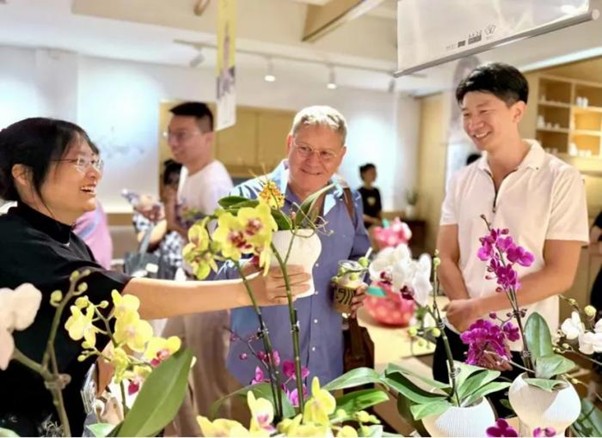
In your article ‘Ten Things I Love About China,’ you emphasise that “trust” and ‘patience’ are central to cross-cultural collaboration. Given the current international environment, how should China’s animation and film industry build long-term competitiveness?
I believe that China’s film and television industry has matured remarkably over the past two decades, with its content quality now rivalling or even surpassing that of countries worldwide.
To maintain competitiveness, I recommend that Chinese creators, production companies, toy manufacturers and platforms collaborate with international partners from the earliest stages of developing new series and films. The greater the international input, the more likely the content is to achieve global success. Every nation is learning from one or another. The greatest risk lies in self-imposed isolation, creating content solely for niche audiences. While such works may be outstanding, they struggle to gain traction internationally and are less likely to resonate with global families. At China Bridge Content, we consistently encourage our clients to ‘ground themselves locally while embracing a global perspective’, this is the true path to sustainable success.
If you like this article, why not read: Mai Jia’s Quest, From Spy Thrillers to Human Nature

